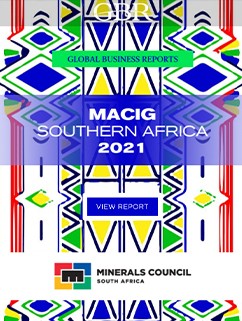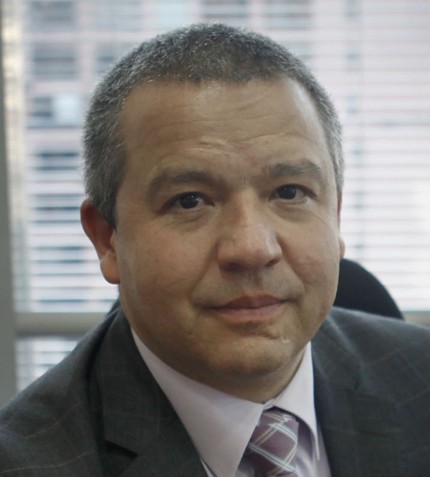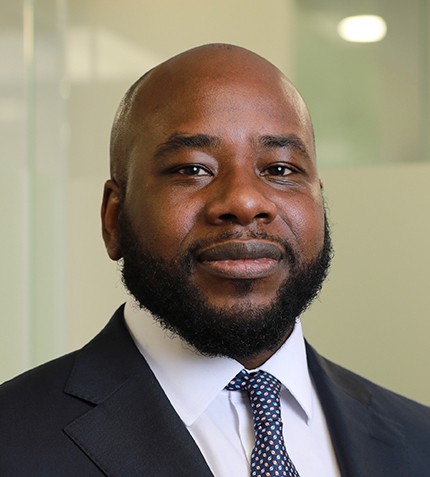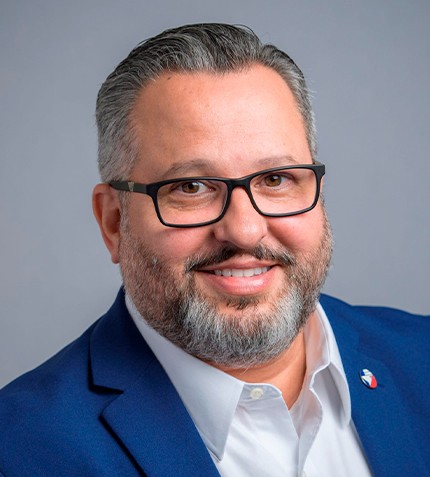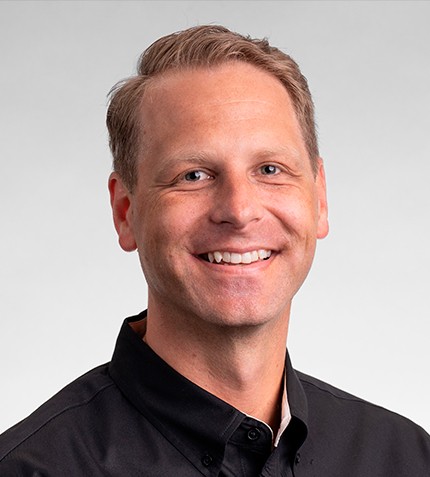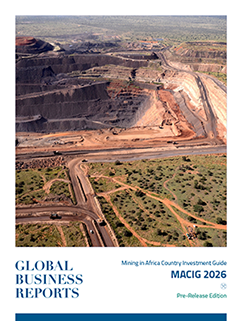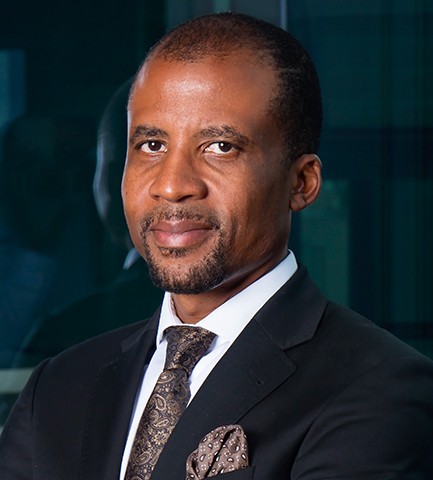
"We are leveraging our low-cost scalable production base to build a leading downstream vanadium-based energy storage platform to enable us to play a key role across the VRFB value chain."
RELATED PUBLICATION
Fortune Mojapelo
CEO, BUSHVELD MINERALS
Can you elaborate on how Bushveld Minerals was transformed from a cash strapped junior into a major vanadium producer?
Bushveld Minerals started as a junior mineral project development company and became an AIM-listed company in 2012. In late 2013, the company decided to focus on vanadium due to the compelling fundamentals of the commodity from a demand and supply perspective. We completed a scoping and prefeasibility study which confirmed that building a primary processing plant and mine would require US$300 million. This was out of our scope as a US$20 million market cap company. So we decided to find brownfield assets that require only some refurbishments to process vanadium. This journey led us to the opportunity to acquire Vametco from Evraz Assets as they were looking to exit South Africa. In 2019, we acquired our second plant, Vanchem.
Today, Bushveld Minerals is a low-cost, vertically integrated primary vanadium producer, operating through two main business units - Bushveld Vanadium, which mines and fully processes vanadium, and Bushveld Energy, a leading energy storage solutions provider.
How did Bushveld Minerals’ assets perform in 2020?
We have outlined an investment program that will see production at Vametco grow to 4,200 mt/y. We completed the acquisition of Vanchem in 2019 and focused on integrating our assets in 2020, ensuring that we extract good synergies between the two plants. In 2020, we produced 3,600 t, which was a 24% increase in our production from 2019. As we continue to scale up our throughput, our cost of production is improving.
We are currently producing nitrovan, ferrovanadium, vanadium oxides and vanadium chemicals, allowing for a diversified revenue stream from the steel, chemicals and energy storage markets. In addition, we commenced with building an electrolyte manufacturing plant that will see us produce electrolytes for the vanadium redox flow batteries (VRFB) market. This facility will be the largest of its kind outside of China.
What led Bushveld Minerals to make an investment into Enerox?
We saw that we needed to get involved in developing and promoting the role of vanadium in the growing energy storage market while it was still nascent. Our investment in Enerox is US$7.5 million. We identified four key areas of involvement, two of which are associated with electrolyte feedstock from which we will support the market with our new manufacturing facility that is under construction in South Africa. We also developed an electrolyte rental construct that would allow Bushveld Energy to retain ownership of electrolytes and rent it to VRFB users. VRFB technology is unique because of the non-degradation of the electrolyte chemistry and the relative ease of extracting vanadium from the electrolyte at the end of the VRFB’s operating life. In addition to smoothing vanadium price peaks, electrolyte rental permits a long-term pricing model that reduces the upfront capital cost of a VRFB to make it one of the most commercially competitive energy storage technologies available.
Our investment into Enerox is in line with the company’s strategy of establishing a platform to lead investments in VRFB OEMs with attractive upside potential and being a catalyst to mobilize third-party financing and assist the scale up VRFB OEMs. The Enerox VRFB product is one of the most widely deployed over the past ten years, offering a unique value proposition in the industry.
How would you summarise the vanadium industry’s market dynamics?
Vanadium demand is underpinned by its use in steel, and demand is expected to grow at a rate of 2.7% through to at least 2030. According to Roskill, VRFBs are expected to increase vanadium demand from energy storage by a CAGR of 56.7% by 2030. Today, supply is already becoming constrained, and there is limited new supply expected from greenfield projects given high barriers to entry. The medium to long-term market fundamentals of vanadium remain attractive, and existing primary producers such as Bushveld Minerals are best positioned to deliver new supply.
We are leveraging our low-cost scalable production base to build a leading downstream vanadium-based energy storage platform to enable us to play a key role across the VRFB value chain. Our vertical integration strategy is key to strengthening the vanadium demand profile from energy storage and unlocking significant economic opportunities for the company through a single value chain.




